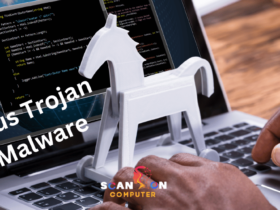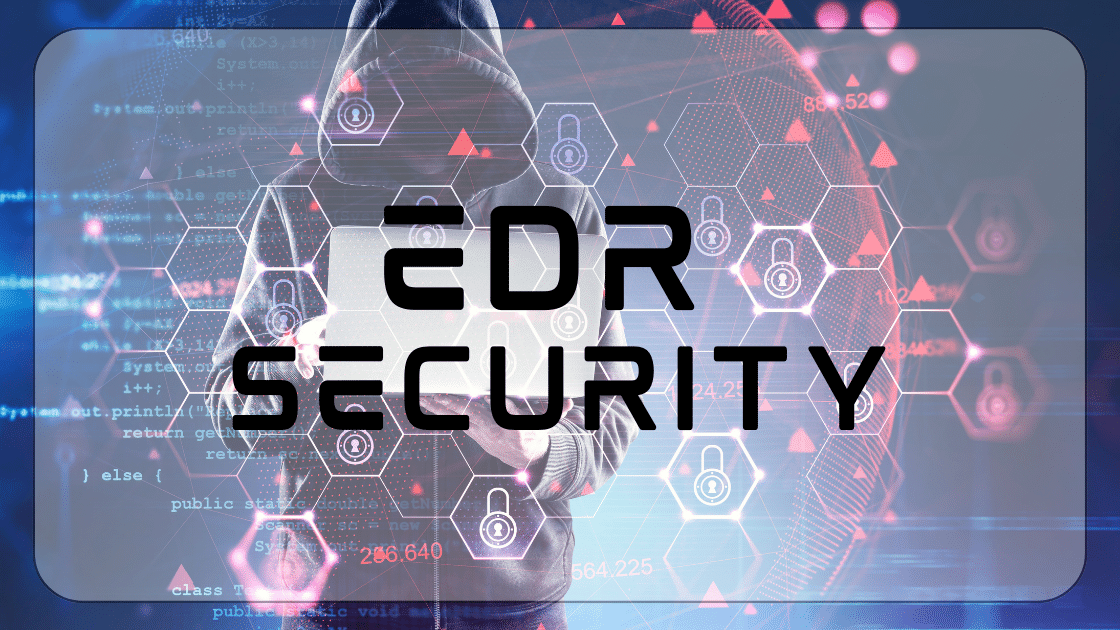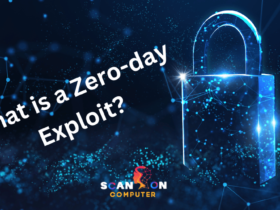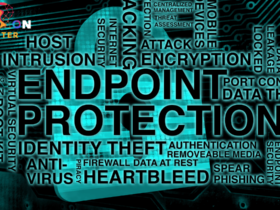Every 11 seconds, a business falls victim to a cyberattack, with endpoints serving as the primary entry point for 70% of these breaches. As threats evolve, traditional antivirus solutions struggle to keep pace. Enter EDR Security—Endpoint Detection and Response—a proactive defense approach designed to detect, investigate, and remediate endpoint threats in real time.
EDR Security unifies continuous monitoring, behavioral analytics, and automated response into a single framework, transforming how organizations protect endpoints from advanced threats. In this guide, you’ll learn how EDR solutions work, key components, real-world use cases, best practices, and actionable steps to implement a robust EDR strategy in your environment.
Understanding Endpoint Detection and Response
Endpoint Detection and Response refers to cybersecurity solutions that provide rapid detection of malicious activity on endpoints—laptops, servers, and mobile devices—while offering tools to investigate incidents and automate containment and remediation. Unlike legacy antivirus that relies on signature-based detection, EDR Security leverages behavioral analytics and threat intelligence to spot anomalies indicative of sophisticated attacks.
Originally pioneered to counter advanced persistent threats (APTs), EDR has become a cornerstone of modern security operations, enabling security teams to shift from reactive cleanup to proactive threat hunting and rapid incident response.
How EDR Solutions Work?
EDR Security platforms function through three core capabilities:
-
Continuous Monitoring and Telemetry
Agents installed on endpoints collect comprehensive data—process creation, file modifications, network connections, and registry changes—in real time. -
Behavioral Analytics and Machine Learning
Collected telemetry feeds into analytics engines that apply machine learning models and heuristics to detect unusual patterns or unauthorized behaviors that signature-based tools would miss. -
Automated Response and Remediation
Upon detecting a threat, EDR solutions can isolate affected systems, kill malicious processes, revoke network access, and rollback file changes—often within seconds—minimizing dwell time and impact.
Key Components of EDR Security
An effective EDR deployment includes:
-
Endpoint Agents and Sensors: Lightweight software running on each endpoint to gather telemetry and enforce response actions.
-
Centralized Management Console: A unified dashboard for security teams to view alerts, investigate incidents, and manage policies across all endpoints.
-
Threat Intelligence Integration: Feeds of known Indicators of Compromise (IoCs) and threat actor tactics allow for contextual detection and prioritization.
-
Forensic Data Collection: Secure storage of raw telemetry and event logs to support root-cause analysis, compliance audits, and legal evidence.
Benefits of Implementing EDR Security
Implementing EDR Security delivers tangible advantages:
| Feature | Business Benefit |
|---|---|
| Early Threat Detection | Identify and block attacks before they escalate, reducing breach costs by up to 80%. |
| Proactive Incident Response | Automated containment minimizes dwell time, often eradicating threats within minutes. |
| Enhanced Visibility | Real-time endpoint visibility helps security analysts quickly understand threat scope and impact. |
| Compliance and Audit Readiness | Detailed logs and forensic data simplify regulatory compliance with standards like GDPR, HIPAA, and PCI DSS. |
| Integration with SIEM/SOAR Platforms | Correlate EDR alerts in SIEM and trigger orchestration playbooks for comprehensive security operations. |
Comparing EDR vs Next-Gen Antivirus and XDR
While next-gen antivirus improves on legacy AV by adding some behavioral detection, EDR solutions go further by storing long-term telemetry and enabling forensic analysis. Extended Detection and Response (XDR) expands EDR across additional data sources—email, cloud, network—to provide unified visibility.
| Aspect | Next-Gen Antivirus | EDR Security | XDR |
|---|---|---|---|
| Data Sources | Local endpoint files and processes | Endpoint telemetry and logs | Endpoint + email, network, cloud logs |
| Detection Techniques | Signature + basic heuristics | Behavioral analytics + ML | Cross-layer correlation and analytics |
| Response Automation | Limited remediation actions | Automated isolation and rollback | Orchestrated response across layers |
| Forensics & Hunting | Minimal recording | Full forensic data and threat hunting | Centralized hunting across sources |
Organizations can start with EDR and later expand to XDR for holistic protection.
Common EDR Security Use Cases
-
Insider Threat Detection: Spot unusual credential use or data exfiltration from privileged users.
-
Ransomware Prevention: Quickly detect file-encryption behaviors and isolate endpoints before encryption spreads.
-
Zero-Day Exploit Detection: Identify exploit patterns such as memory-based attacks that bypass signature defenses.
-
Compliance and Audit Readiness: Maintain detailed, tamper-proof logs to satisfy regulatory requirements.
Best Practices for EDR Security Deployment
-
Strategic Agent Deployment: Begin with high-risk endpoints (servers, privileged users) before scaling organization-wide.
-
Policy Tuning and Baseline Configuration: Customize detection policies to your environment, whitelist known applications, and reduce false positives.
-
Incident Response Playbooks: Develop standardized playbooks outlining response actions for common alerts (malware, lateral movement, credential theft).
-
Ongoing Threat Hunting: Leverage EDR query capabilities to proactively search for hidden threats using custom indicators.
-
Regular Health Checks and Updates: Monitor agent health, ensure up-to-date threat intelligence feeds, and apply software updates promptly.
Challenges and Considerations
-
Data Privacy and Storage: Collecting extensive telemetry can raise privacy concerns and demands robust data lifecycle management.
-
False Positives and Alert Fatigue: Excessive alerts can overwhelm analysts; tuning and use of risk-based scoring are essential.
-
Resource Overhead: EDR agents consume CPU and memory; choose a solution with lightweight architecture.
-
Vendor Selection: Evaluate EDR solutions based on detection efficacy, response automation, integration capabilities, and support services.
Future Trends in EDR Security
-
AI-Driven Threat Hunting: Advanced AI models will automate anomaly detection and reduce reliance on manual queries.
-
Cloud Workload Protection Integration: EDR will extend to cloud VMs, containers, and serverless workloads under unified policies.
-
Zero-Trust Convergence: EDR will integrate with zero-trust frameworks, enforcing continuous validation of endpoint trust.
-
Unified EDR-XDR Platforms: Vendors will offer fully integrated platforms combining endpoint, network, and cloud telemetry for end-to-end security.
Implementing an EDR Security Strategy
-
Planning and Requirements Gathering: Assess asset inventory, define risk profiles, and set measurable objectives.
-
Pilot Programs and Phased Rollout: Test EDR on a subset of endpoints to refine configuration and gather stakeholder feedback.
-
Training and Stakeholder Buy-In: Educate IT and security teams on EDR capabilities, playbooks, and workflows.
-
Full Deployment and Continuous Improvement: Roll out EDR organization-wide and iterate on detection rules and response processes based on real-world incidents.
Frequently Asked Questions
1. What is the difference between antivirus and EDR Security?
Traditional antivirus relies on signature-based detection, while EDR Security uses behavioral analytics, machine learning, and continuous telemetry to detect and respond to advanced threats.
2. How does EDR detect zero-day threats?
EDR platforms analyze endpoint behaviors and anomalies—such as unusual process injections or memory modifications—enabling detection of unknown exploits without prior signatures.
3. Can EDR solutions integrate with my existing SIEM?
Yes. Most EDR offerings provide native connectors or APIs to forward alerts and telemetry into SIEM platforms for centralized correlation and analysis.
4. What are the system requirements for EDR deployment?
Requirements vary by vendor but generally include Windows, macOS, or Linux endpoints with minimal CPU/ memory overhead and a secure channel to the central management console.
5. How do I prevent alert fatigue in EDR?
Tune policies to reduce noise, implement risk-based scoring to prioritize high-severity alerts, and leverage automated playbooks for routine investigations.
6. Is EDR Security suitable for small businesses?
Absolutely. Many EDR vendors offer scalable, cloud-based solutions with simplified deployment and management tailored for SMBs.
7. How does EDR enhance incident response?
EDR automates containment (isolation), remediation actions (process termination, rollback), and provides rich forensic data for rapid root-cause analysis.
8. What role does threat intelligence play in EDR?
Threat intelligence feeds known Indicators of Compromise (IoCs) into the EDR platform, enabling faster identification of emerging threats and prioritized alerting.
Conclusion
EDR Security represents a quantum leap from traditional antivirus, empowering organizations with real-time visibility, advanced detection, and automated response capabilities. By deploying a robust EDR solution, tuning policies, and integrating with broader security operations, businesses can reduce dwell time, thwart sophisticated attacks, and accelerate incident response.
Organizations ready to elevate their endpoint defense should evaluate EDR solutions that align with their environment, invest in threat hunting capabilities, and establish clear incident response playbooks. Take the next step: assess your current endpoint security posture and adopt EDR Security to safeguard your digital assets against tomorrow’s cyber threats.













Leave a Reply
View Comments